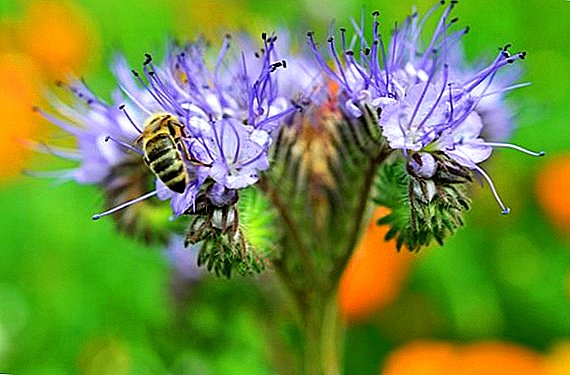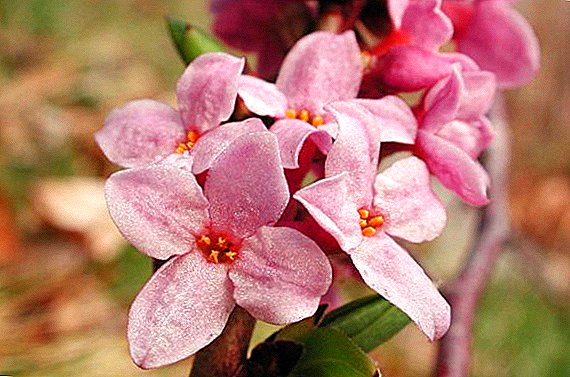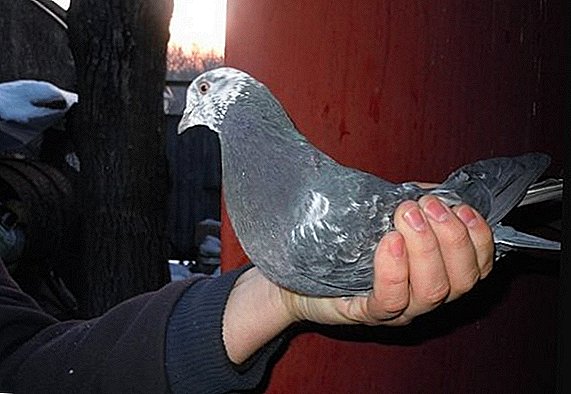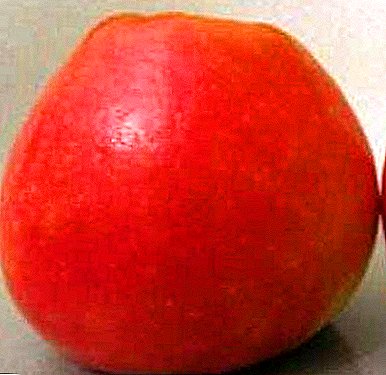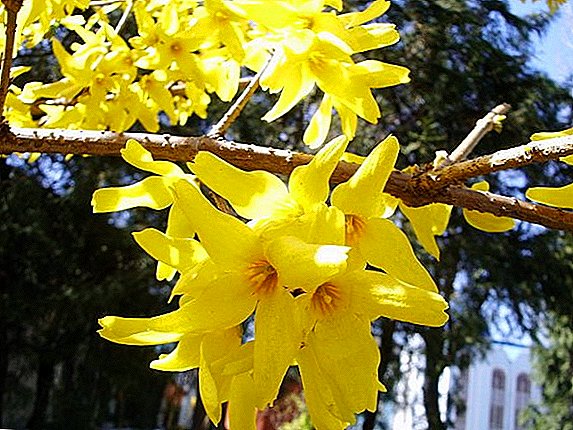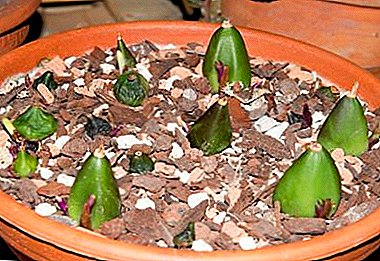
Orchid is rightfully recognized as the most beautiful indoor plant. Many tourists, having been in exotic countries, bring an orchid from there.
But not all homes take root such flowers, you must have a stock of certain knowledge of care.
Next, consider how the tubers look, where they are, what features they have and how to care for them.
What is it and how does it look?
Bulbs are tubers of orchids. It is not always possible to determine from them which family the plant belongs to. In addition, it is difficult to grow a full-fledged healthy orchid from a bulb in a city and in a cold climate.
The reasons are as follows:
- Bulba has no leaves, which means it does not receive sunlight.
- Due to the lack of roots, it does not replenish the supply of nutrients.
An old pseudobulb may have a small amount of kidney.from which sprouts may appear. They are called sleeping buds. Externally healthy bulb should be green and supple, not shriveled. Only in this case there is a chance to grow an orchid from it.
 Bulba has a dense base, which is able to protect the flower in case of drought. It is formed on the stalk in the place of one or two thickened internodes. Sometimes almost the entire vertical part of the shoot is thickened.
Bulba has a dense base, which is able to protect the flower in case of drought. It is formed on the stalk in the place of one or two thickened internodes. Sometimes almost the entire vertical part of the shoot is thickened.
The shape and size of the bulb will depend on the type of orchid. For example, they can be round, oval, cylindrical, spindle-shaped, ovoid (it occurs most often).
Pseudobulbs are relatively long-lived. On average, their lifespan is from a year to 4 years. Some plants, such as Cymbidium, can boast a bulb life span of up to 12 years.
Tubers and their features
In fact, bulba and pseudobulba are two identical words. In fact, they are synonymous. Bulbus - translated from the Latin as "onion". Initially bulbs stem-shaped bulbs of a bulbous form were called bulbs.
Sympodial epiphytic orchids have a varied bulb shape.. Everything will depend on the type and type of flower. Therefore, any thickened above-ground shoot, which has the ability to accumulate and retain moisture for a long time, is considered to be the same bulba, only with a pseudo prefix (that is, a false bulb).
In addition, in botanical terminology, a bulb can be called with these words:
- Flower tuberidia.
- Air tubers.
- False bulbs.
As you know, orchids have bulbs, so how do they differ from bulbs? The fact is that the bulb is under the ground, and the bulb is above its surface.
Where are the pseudobulbs?
 Forms bulba in soft tissue orchids and contains a high composition of mucus. On top of the bulb there is a coating of a rather thick-walled epidermis.. It prevents moisture evaporation. Thanks to pseudobulb, the plant is able to survive under adverse conditions during a long dry period.
Forms bulba in soft tissue orchids and contains a high composition of mucus. On top of the bulb there is a coating of a rather thick-walled epidermis.. It prevents moisture evaporation. Thanks to pseudobulb, the plant is able to survive under adverse conditions during a long dry period.
Such a structure of an orchid is associated with its natural conditions at the place of growth, where rainy periods alternate with long periods of aridity. An orchid has one or more internodes. Sometimes it is possible to observe a thickening of the entire vertical part of the shoot of a flower.
Depending on the direction of plant growth, they are divided into:
- Erect - Anzellia, Lelia and Sobralia.
- Drooping - Some types of "Dendrobium" and "Hisis", and climbing plants.
Types and discharges of the plant
Orchids can be divided into two categories. It:
- With a monopodial form of growth, they do not have a pseudobulb in their composition.
- With a sympodial growth form, they have many horizontal shoots with an increasing base, which are called pseudobulbs and are connected to each other by rhizome (rhizome).
Sympodial orchid growth points may be several. They develop from educated new shoots. And each such sprout with time turns into a pseudobulb (the place of thickening of orchid stems).
These species include the following types of orchids:
- Cattleya.
- "Lelia".
- "Oncidium".
- "Cymbidium".
- Miltonia.
- "Dendrobium".
- "Odontoglossum" (and their hybrids).
- "Likasta".
- "Maxillaria".
- "Dracula".
- "Bifrenaria".
We offer to watch a video about bulbs at the Maxillaria.
A photo
Below in the photo you will see some species of orchids with names having bulbs on their stems:
Anzellia

"Lelia"

Cattleya

"Oncidium"

The role of tubers in the life of a flower
Orchid bulbs are storing organs.. They play the role of nutrient storage for good flower growth. If the orchid does not have bulbs, then the fleshy leaves of the plant perform the function of storing substances and moisture.
Pseudobulbs have the ability to accumulate in themselves water, as well as the necessary nutrients that give strength to the orchid and contribute to its growth. Bright green bulbs also serve as photosynthetic drives. Less common are orchids with a monopodial structure of the stem and branching of the shoots. In such plants, pseudobulb is absent.
We offer to see a useful video about how pseudobulbs help determine the state of the plant.
Care instructions
Special care for the orchid bulb is not needed. The only thing to consider is that these tubers, like the root system, are extremely fragile, so moving and moving them from place to place is only possible if there is a special need.
It is not recommended to install a pot with a bulb in the place of direct sunlight. Some types of orchids are well tolerated by bright lighting in direct sunlight, but most of these species begin to shrink and die, while receiving serious burns.
Important. For a novice grower, it is important to study all the information about this species before planting an orchid. Since the care will largely depend on the place of growth of the flower.
Some types of orchids grow on stones and trees, while others require soil. Depending on this, a certain method of planting plants, watering, lighting, etc.
The orchid is an exotic plant, so in our conditions it needs to create a certain care in order for the flower to feel comfortable. This is achieved by approaching the natural habitats of orchids. And in order to correctly arrange all this, it is necessary to know the structure and life cycle of the flower. All this is not easy, but if you try, the orchid will delight everyone with its appearance and abundant flowering.


